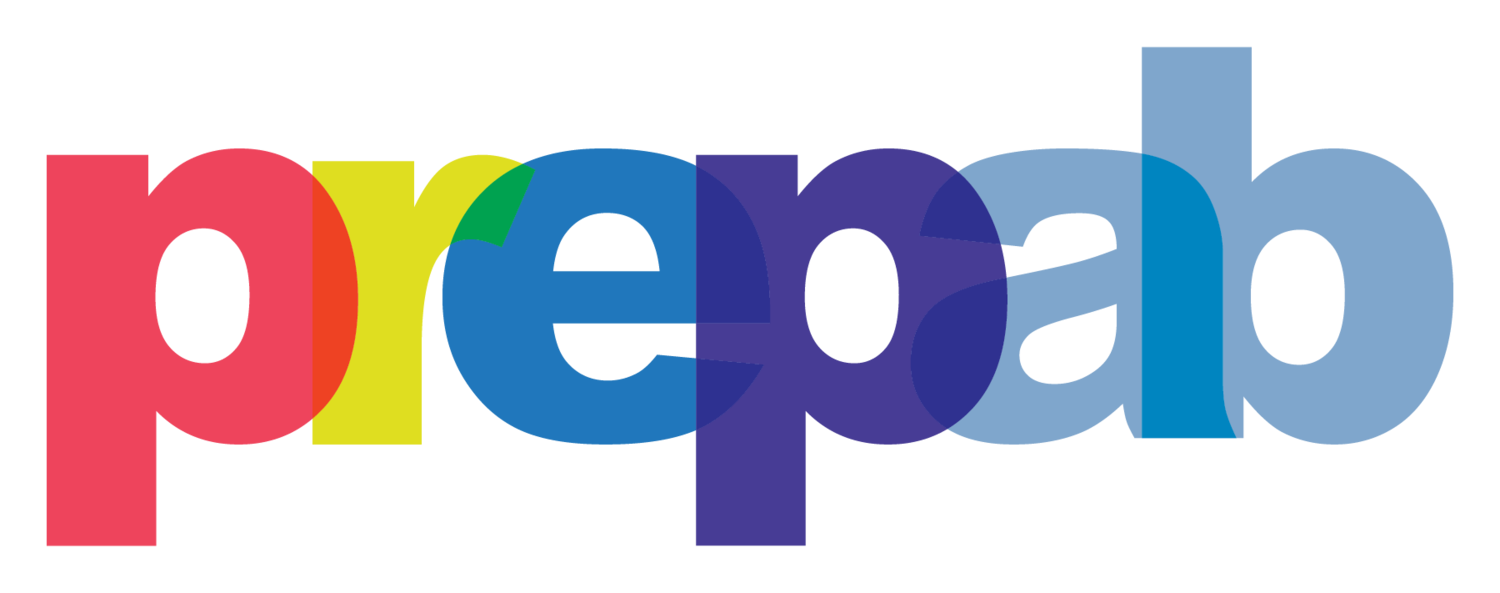
About PrEP
What is PrEP?
Approved by Health Canada in 2016, PrEP (Pre-Exposure Prophylaxis) is the use of HIV medication by someone who is HIV negative, in advance of possible exposure to HIV, to prevent HIV infection. When taken at least 4 times per week, PrEP is 99% effective at preventing HIV infection (CDC).
PrEP generally comes in the form of one pill which includes two types of HIV medication, tenofovir disoproxil fumarate (TDF) and emtricitabine (FTC). These medications are safe, have been used in HIV treatment for many years, and have generally been well-tolerated by those taking them.
How does it work?
When PrEP reaches sufficient concentration in a person’s body, it acts like a chemical shield which prevents HIV from making more copies of itself, ultimately preventing someone from becoming HIV positive.
Who might consider taking it?
While the main reason someone might take PrEP is to prevent HIV, people might use PrEP for many other reasons, such as taking charge of their own sexual health or reducing anxiety of HIV infection.
How often is PrEP taken?
PrEP is most often taken daily. Some individuals may choose to take it intermittently or “on-demand” upon discussion with their healthcare provider (you can find more information about PrEP regimens here).
Does PrEP prevent other STIs?
While PrEP is extremely effective at preventing HIV infection, it does not prevent other sexually transmitted or blood borne infections (STBBIs) such as syphilis, gonorrhoea, chlamydia, or Hepatitis C. Therefore, even people on PrEP should consider other STBBI prevention options like condoms.
More on PrEP’s Effectiveness
When taken at least 4 times per week, PrEP reduces the risk of HIV infection by approximately 99% (CDC). Several regions across the world with high levels of PrEP use have reported significant drops in new HIV infections. PrEP has been consistently recognized as one of the key factors behind their success.
Of the hundreds of thousands of people estimated to be taking PrEP, less than 10 are known to have become infected with HIV when taking PrEP as prescribed. These cases generally involved an encounter with a strain of HIV which was resistant to the medications used in PrEP (read more about this here, here, or here). These cases are extremely rare and PrEP remains very effective at preventing HIV infection when taken as prescribed.
It is important to note, however, that taking PrEP less often than prescribed (especially less than 4 times per week) can significantly reduce PrEP’s effectiveness, increasing the risk of an HIV infection occurring. You can read more about PrEP adherence here.
Lastly, the majority of information known about PrEP’s effectiveness relates to sexual transmission of HIV. Less is known about PrEP’s effectiveness in preventing HIV transmission through other routes, such as though injection drug use. Based on this limited information, current estimates state that PrEP is likely 74-84% effective at prevention HIV transmission through injection drug use (CDC).
More on Who Should Consider PrEP
PrEP can be an effective HIV prevention option for many different people who might be at a higher risk of HIV infection regardless of race, ethnicity, sexual orientation, or gender identity. Whatever reason someone has for wanting to take PrEP, it is important that the decision is made in close consultation with a healthcare professional to ensure that PrEP is a suitable HIV prevention option for them.
When helping a patient determine whether or not PrEP is right for them, their healthcare provider will consider different factors which might put them at a higher risk for HIV infection. These factors might be related to their sexual behaviour, current use of prevention methods, sexual partners and networks, drug use, and more.
As part of the Alberta PrEP Guidelines, Alberta Health Services has set a list of eligibility criteria to determine if someone should consider PrEP. While some people might choose to access PrEP who don’t fit the eligibility criteria below, meeting the eligibility criteria is necessary for those seeking publicly funded PrEP through Alberta Health’s provincial PrEP program (more information about this program and other PrEP coverage options can be found here).
Find out how to access PrEP in Alberta by clicking the following link
The information on this website is primarily based on the Alberta PrEP guidelines. Where information differs from what is presented in these guidelines, links to alternate sources are provided. This information has been reviewed by community members, community-based organizations, and healthcare providers to ensure it is accurate and accessible for communities who would benefit most from PrEP. If you feel any information is inaccurate, out-of-date, or inaccessible, please do not hesitate to contact connect@ourhealthyeg.ca.
This site is intended for educational purposes only. It is intended to be accessible and is not an exhaustive resource. Any medical decisions should be made in consultation with a healthcare provider.






